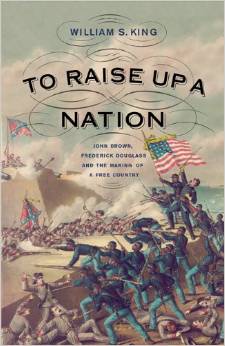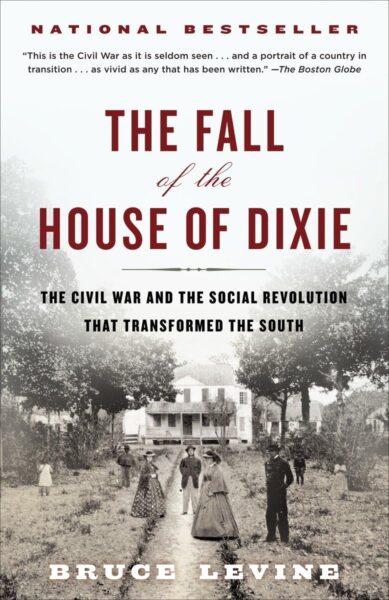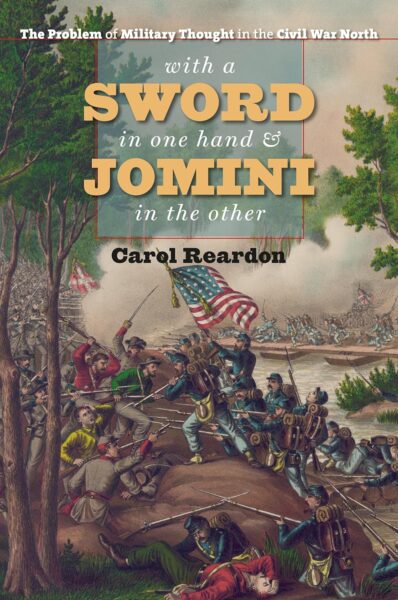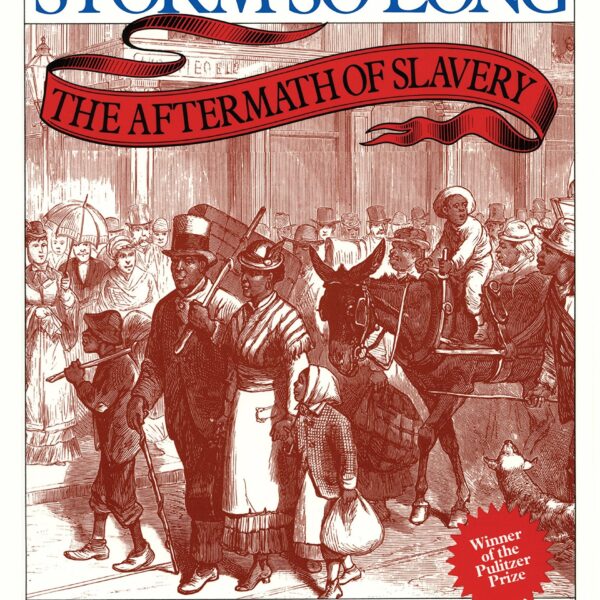To Raise Up a Nation: John Brown, Frederick Douglass, and the Making of a Free Country by William S. King. Westholme Publishing, 2013. Cloth, ISBN: 978-1594161919. $35.00.
 Early in William S. King’s massive dual study of John Brown and Frederick Douglass, the author deplores the “hollowness” and “tone deafness” he sees in most accounts of Brown (1). According to King, scholars have failed to recognize the firebrand abolitionist’s rare grasp of the black American psyche. A description of the first meeting between Brown and Douglass in 1847—told from Douglass’s viewpoint—reveals the larger argument at the heart of the book. The two men discussed Brown’s plan to launch a guerilla war against slavery in the Alleghany Mountains; Douglass pointed out the numerous practical snags in Brown’s strategy, but nevertheless found himself drawn to the old man’s remarkable intuition. This was the beginning of a momentous friendship and a turning point for the abolitionist cause. In King’s telling, the story of emancipation is one of Brown, Douglass, and other leaders gradually realizing and implementing a revolutionary idea: that true freedom could only be achieved in America if the slaves took up arms and seized it for themselves.
Early in William S. King’s massive dual study of John Brown and Frederick Douglass, the author deplores the “hollowness” and “tone deafness” he sees in most accounts of Brown (1). According to King, scholars have failed to recognize the firebrand abolitionist’s rare grasp of the black American psyche. A description of the first meeting between Brown and Douglass in 1847—told from Douglass’s viewpoint—reveals the larger argument at the heart of the book. The two men discussed Brown’s plan to launch a guerilla war against slavery in the Alleghany Mountains; Douglass pointed out the numerous practical snags in Brown’s strategy, but nevertheless found himself drawn to the old man’s remarkable intuition. This was the beginning of a momentous friendship and a turning point for the abolitionist cause. In King’s telling, the story of emancipation is one of Brown, Douglass, and other leaders gradually realizing and implementing a revolutionary idea: that true freedom could only be achieved in America if the slaves took up arms and seized it for themselves.
Acutely aware that the struggles of Brown and Douglass have been told and retold numerous times, King seeks to revise the popular images of both men. King’s Brown bears little resemblance to the cranky, unstable subject of Stephen B. Oates’s classic biography. In characterizing Brown as more prescient than other abolitionists and giving him the lion’s share of credit in bringing on the final war for freedom, King follows sympathetic studies by W. E. B. Du Bois, Jules Abels, and David S. Reynolds. King also has high praise for Brown’s abilities as an antislavery militia commander. Sometimes his admiration prompts King to gloss over some of the more disturbing aspects of Brown’s career, such as the Pottawatomie Massacre of 1856, which receives only two paragraphs (and no actual description) in a narrative of 621 pages.
King’s detailed and eloquent recounting of the Harpers Ferry raid, though moving, is also problematic. Having fashioned him into a religious, rough-hewn Napoleon with a genius for war and policy, King defends Brown’s planning and conduct by pointing to “what it has been so difficult for so many to see—Brown was staging a demonstration at Harper’s Ferry, as the sequel to what had occurred under Nat Turner, of armed blacks openly defending their liberty in a slaveholding community” (225). This is true, but the raid was also meant to liberate local slaves, and Brown himself afterward described it as a failure brought about by his own poor judgment. King is convincing, however, where he echoes the conventional view of Harpers Ferry as a moral victory that galvanized abolitionists and put slaveholders on notice.
The book weaves together the activities of Brown and Douglass, but the white abolitionist seems to drive the narrative even after his execution in December 1859. King describes Douglass’s increasingly strident calls for armed emancipation and argues that this rhetoric grew out of guilt at not having fought beside Brown at Harpers Ferry. As the story moves into the Civil War years, we are treated to events primarily as Douglass saw them, and King shares in his frustration at Abraham Lincoln’s initial reluctance to turn the war for union into a war for freedom. King correctly notes that Douglass “deserves to be consulted as fully as any historian of the time or since” (384), but the book shows little appreciation for the nuances of Lincoln’s policies, such as his concern for retaining the loyalties of whites in the border states. Lincoln’s role in bringing about the Emancipation Proclamation is also downplayed with a dismissive quotation by Douglass. King brings his account full circle by noting that Douglass, long after the war, credited Brown and his strategy with having a greater impact on the struggle for freedom than Douglass’s war of words.
In several ways, To Raise up a Nation is a curious work that seems to belong to an earlier era. King’s prose often mimics the ornate style of the nineteenth century, and this preference for the old over the new extends to historiography. While King’s account is the product of much painstaking research, the writing and bibliography reveal little consultation of works published in the past 25 years. Even studies that back his interpretations, such as those by David W. Blight and William W. Freehling on Douglass or David Reynolds on Brown, are ignored or dismissed in favor of Du Bois and other early scholars. Historians, of course, are more aware than most that newer does not necessarily mean better, but King’s lengthy and wide-ranging narrative would have benefitted from more attention to up-to-date interpretations. For instance, relying on older published sources led King to accept the discredited claim of Benjamin F. Butler that it was he who truly freed the slaves by convincing Lincoln to abandon colonization. Elsewhere, however, King belongs to a venerable trend of neo-abolitionist scholarship and intervenes in long-running debates over who freed the slaves and how. This work is an intriguing read and an often-persuasive argument for the primacy of black men’s deeds over white men’s legislation.
William D. Hickox is a graduate student in American history at the University of Kansas and a contributor to the New York Times Disunion blog. He is working on a dissertation about military recruitment in New York State during the Civil War.




